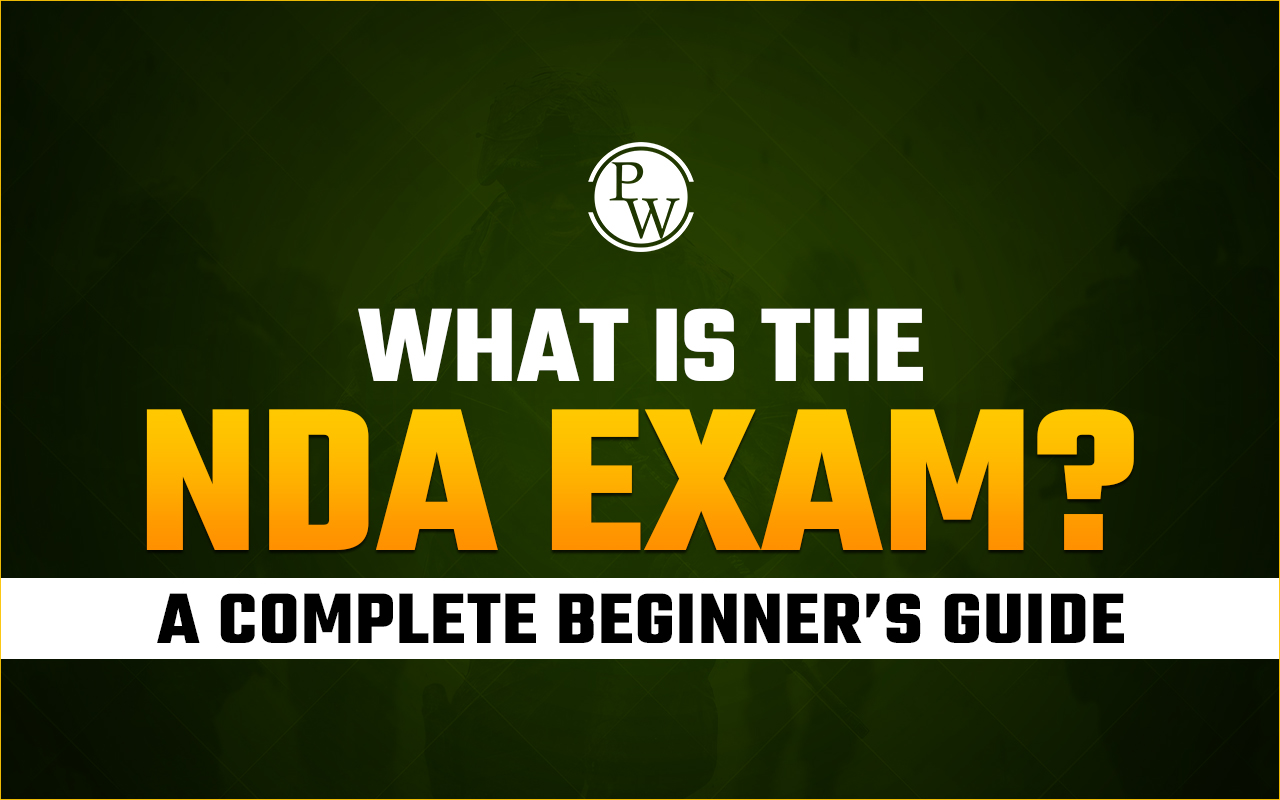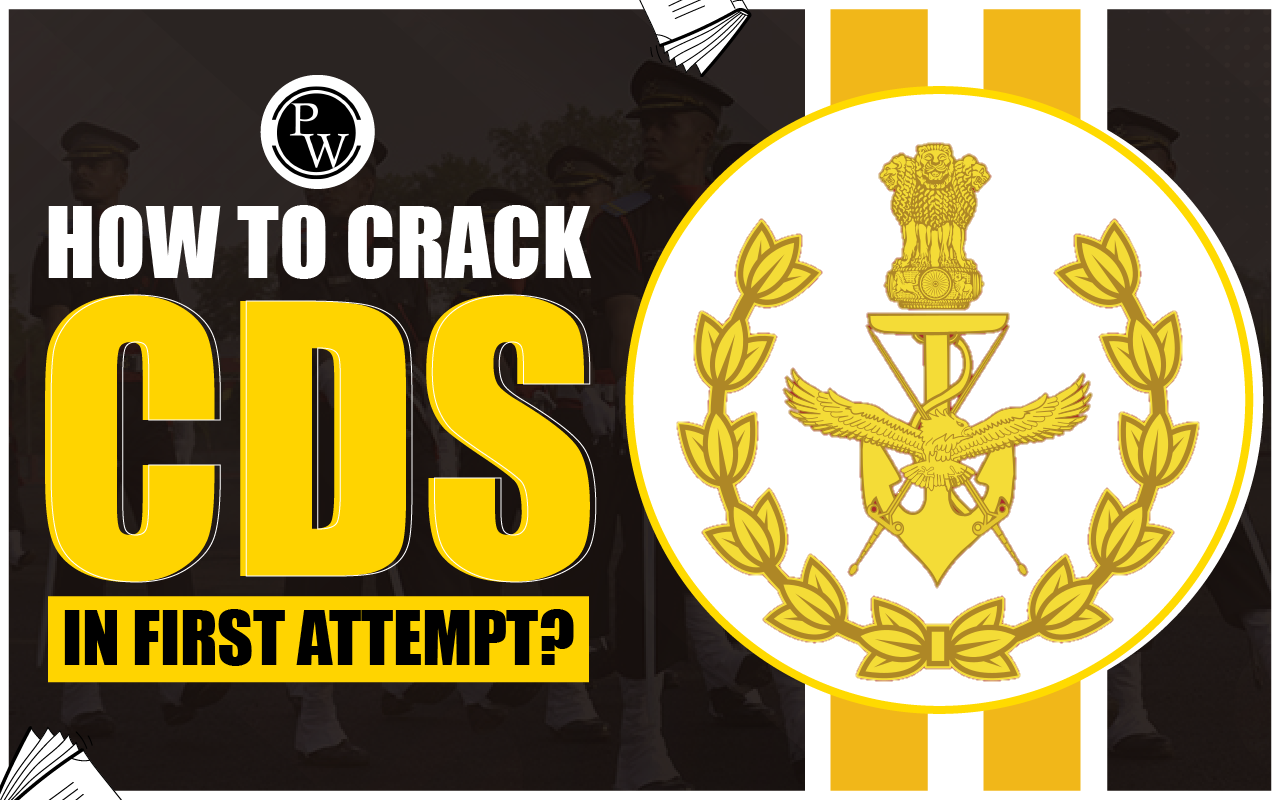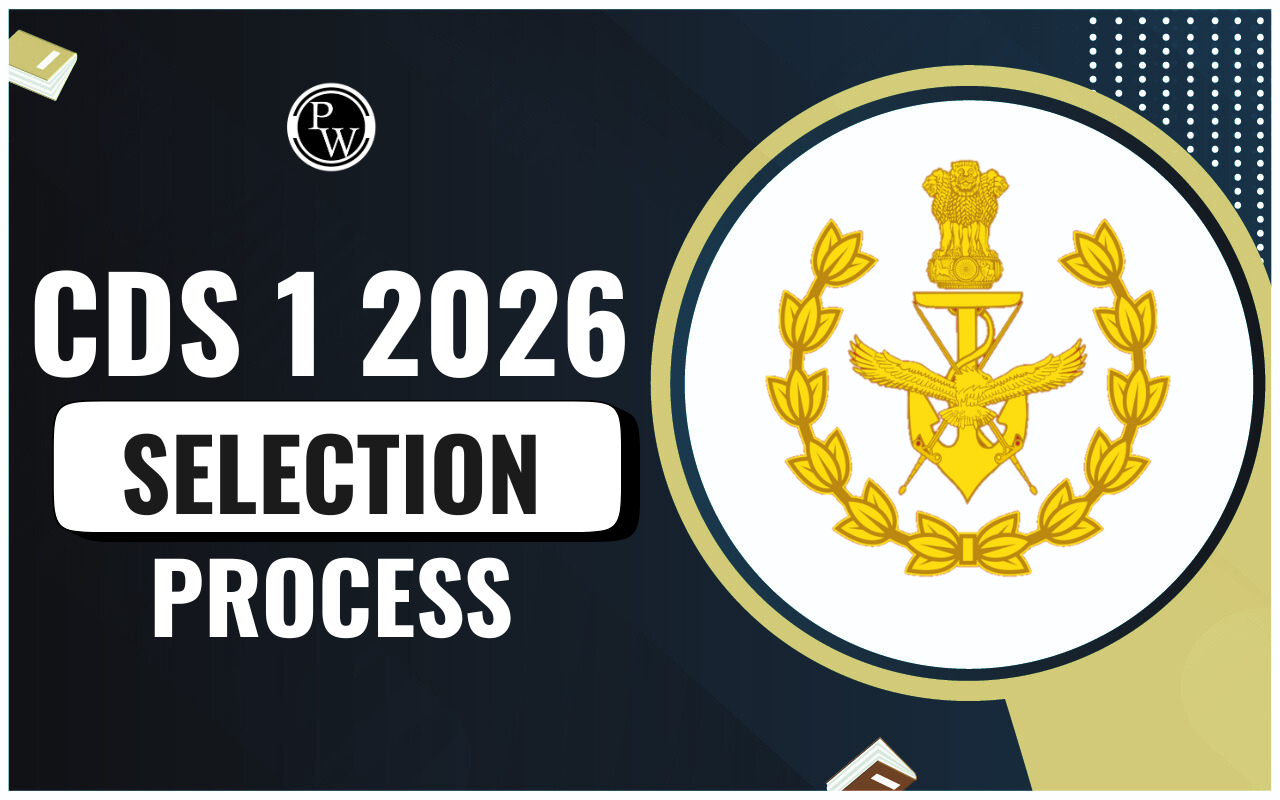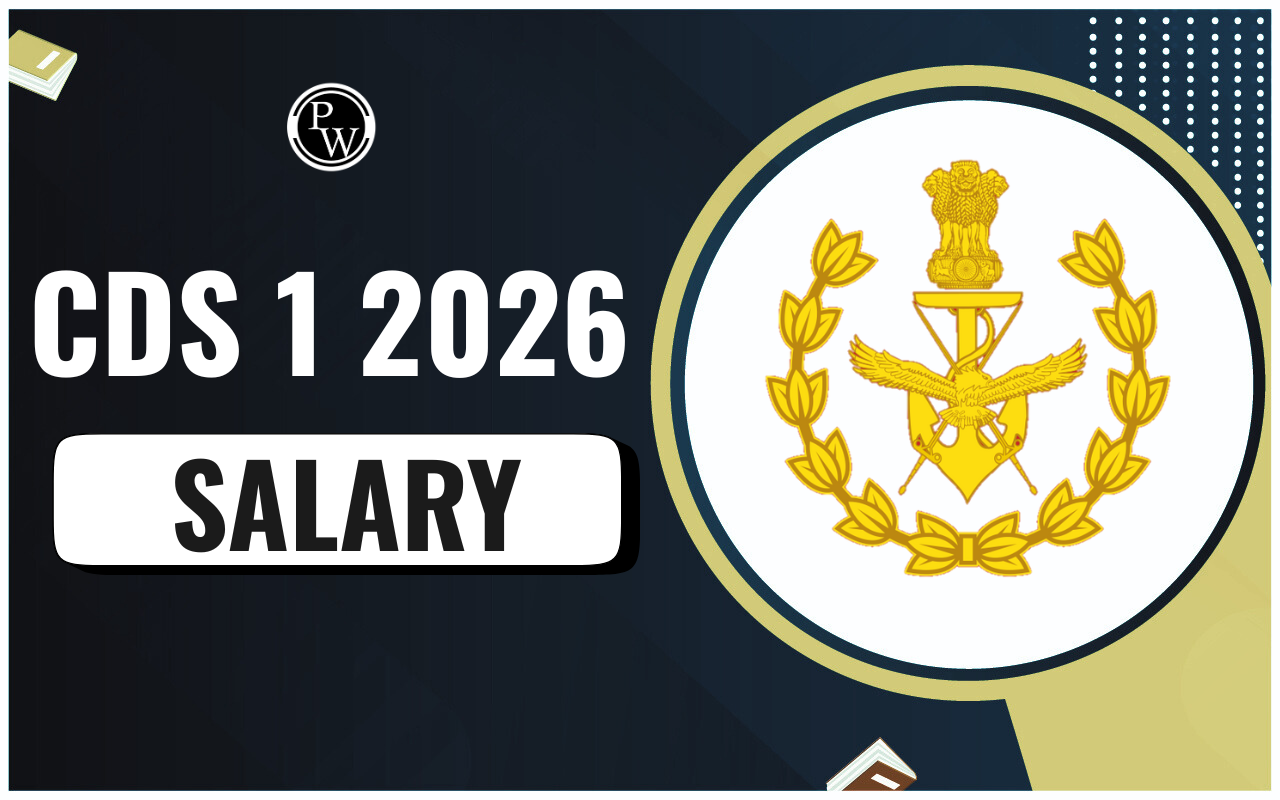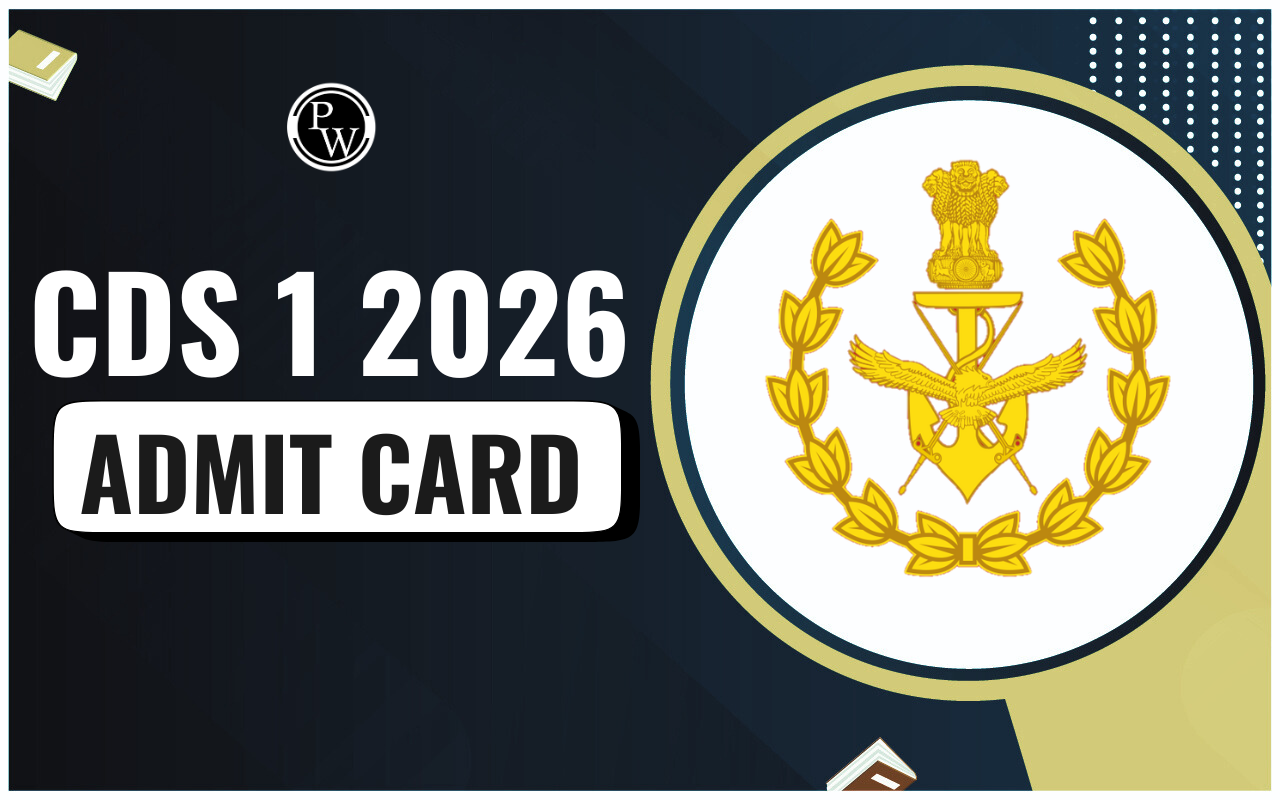
Basic Structure of the Indian Navy: The Indian Navy is one of the principal branches of the Indian Armed Forces and plays a crucial role in safeguarding the nation's maritime interests. It operates under the aegis of the Ministry of Defence and is tasked with various responsibilities, including securing India's maritime borders, conducting maritime security operations, and supporting humanitarian assistance and disaster relief. The Navy's structure is designed to ensure operational efficiency, strategic planning, and effective command and control.
Organizational Structure of Indian Navy
The Indian Navy's organizational structure is hierarchical, consisting of various commands, fleets, and units. The primary components of the Indian Navy's structure include:- Naval Headquarters (NHQ)
- Operational Commands
- Fleets
- Naval Air Arm
- Submarine Arm
- Training Establishments
Naval Headquarters (NHQ)
The Naval Headquarters, located in New Delhi, serves as the apex body of the Indian Navy. It is responsible for policy formulation, strategic planning, and overall administration. The Chief of the Naval Staff (CNS), a four-star admiral, heads the NHQ.Operational Commands of Indian Navy
The Indian Navy is divided into three major operational commands, each responsible for specific geographical areas and operational aspects:-
Western Naval Command (WNC)
- Headquarters: Mumbai
- Responsible for operations in the Arabian Sea and western coast of India.
-
Eastern Naval Command (ENC)
- Headquarters: Visakhapatnam
- Manages operations in the Bay of Bengal and eastern coast of India.
-
Southern Naval Command (SNC)
- Headquarters: Kochi
- Focuses on training and coastal defense along the southern coast.
| Command | Headquarters | Area of Responsibility |
|---|---|---|
| Western Naval Command | Mumbai | Arabian Sea and western coast of India |
| Eastern Naval Command | Visakhapatnam | Bay of Bengal and eastern coast of India |
| Southern Naval Command | Kochi | Training and southern coast defense |
Fleets of Indian Navy
The Indian Navy operates two major fleets:-
Western Fleet
- Based at Mumbai
- Comprises warships, submarines, and auxiliary vessels responsible for operations in the Arabian Sea.
-
Eastern Fleet
- Based at Visakhapatnam
- Includes warships, submarines, and support ships operating in the Bay of Bengal.
| Fleet | Base | Area of Operations |
|---|---|---|
| Western Fleet | Mumbai | Arabian Sea |
| Eastern Fleet | Visakhapatnam | Bay of Bengal |
Indian Naval Air Arm
The Naval Air Arm is an integral part of the Indian Navy, providing aerial support for naval operations. It includes various squadrons operating aircraft and helicopters for reconnaissance, anti-submarine warfare, and logistics support. Key assets include:- INS Hansa (Goa)
- INS Rajali (Arakkonam)
- INS Dega (Visakhapatnam)
Submarine Arm of Indian Navy
The Submarine Arm of the Indian Navy is crucial for underwater operations and strategic deterrence. It operates both conventional and nuclear-powered submarines. Key assets include:- INS Chakra (Nuclear-powered attack submarine)
- INS Arihant (Nuclear-powered ballistic missile submarine)
- Kalvari-class submarines (Conventional diesel-electric submarines)
Training Establishments of Indian Navy
Training is a vital aspect of the Indian Navy's operations, ensuring that personnel are adequately prepared for various roles and responsibilities. Major training establishments include:-
Indian Naval Academy (INA)
- Located in Ezhimala, Kerala
- Provides initial officer training
-
INS Shivaji
- Located in Lonavala, Maharashtra
- Specializes in engineering training
-
INS Valsura
- Located in Jamnagar, Gujarat
- Focuses on electrical and electronics training
| Training Establishment | Location | Specialization |
|---|---|---|
| Indian Naval Academy | Ezhimala, Kerala | Initial officer training |
| INS Shivaji | Lonavala, Maharashtra | Engineering training |
| INS Valsura | Jamnagar, Gujarat | Electrical and electronics training |
Conclusion: The Indian Navy's structure designed in a specific way to ensure operational readiness, strategic effectiveness, and comprehensive training. With its well-defined organizational hierarchy, the Indian Navy continues to play a pivotal role in securing India's maritime interests and contributing to regional and global maritime security.
Basic Structure of the Indian Navy FAQs
Q1. What is the primary role of the Indian Navy?
Q2. Where is the Naval Headquarters (NHQ) located?
Q3. How is the Indian Navy's operational structure divided?
Q4. What are the main fleets of the Indian Navy?
Q5. What is the role of the Submarine Arm in the Indian Navy?

